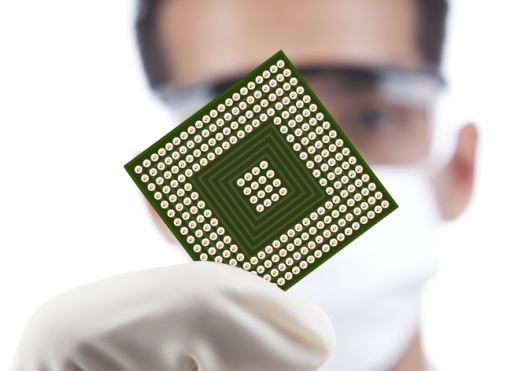Cadence launches 28nm node silicon proven IP data converters

The IP family delivers up to a 10x faster conversion rate than available competing IP solutions and enables next-generation applications, such as WiGig (802.11ad). The broad IP family has offerings for consumer, mobile, infrastructure and industrial markets
Cadence Design Systems has introduced a suite of ultra-fast, low-power analogue intellectual property (IP) products .
They are designed to enable the next generation of high-speed wired and wireless communications applications.
These new products meet the needs of designers working with emerging high-speed protocols such as WiGig (802.11ad), which runs on a 60 GHz spectrum with potential data throughput up to 7Gbps, as well as LTE and LTE Advanced.
Easily integrated and highly testable, the Cadence data converter family includes:
"¢ 7 Bit 3GSPS dual ADC and DAC
"¢ 11 bit 1.5GSPS dual ADC
"¢ 12 bit 2GSPS dual DAC
The data converter IP cores can be easily combined to form a complete analogue front end (AFE) IP solution. The Cadence family of IP addresses key applications in wired/wireless communications, infrastructure, imaging and software-defined radios.
"The ability to easily integrate the Cadence Data Converter IP in advanced process nodes eliminates the need to go "˜off-chip' and allows designers to take full advantage of the system benefits of integrating both the digital and analogue content into a single complex SoC," says Martin Lund, senior vice president of the Cadence IP Group. "This translates to longer battery life, smaller thermal profile, and lower overall system cost."
"The Cadence analogue high speed family of IP will empower and enhance the potential growth of WiGig (802.11ad) usage in mobile devices, opening the door to the evolution of emerging markets and "˜Internet of Things' ecosystem,"continues Richard Wawrzyniak, senior market analyst, Semico Research Corporation."
The throughput and speed of WiGig is largely dependent on the data sampling rate of the ADCs and DACs used in the interface. Increasing these sampling rates, which the Cadence analogue IP does, breaks the device dependencies on non-CMOS or older process nodes, and allows for much higher performance."
The ADC IP cores are developed with a parallel Successive Approximation Array (SAR) architecture, producing extremely fast and scalable sample rates. High Effective-Number-of-Bits (ENOB) values are achieved with a unique implementation and built-in background auto calibration, producing more accurate conversion and consistent performance.
The Cadence IP includes features such as differential data inputs, reference and timing generator, internal offset correction, and voltage regulators for improved supply noise immunity.
The DAC IP cores use a current switching architecture and include a digital multiplexer and FIFO for easy integration into an SoC. The DACs include digital gain control and all required reference circuitry.
All the IP includes multi-level power-down modes for additional power savings, a built-in analog test bus for design testability, and single-ended CMOS or differential Current-Mode Logic (CML) clock inputs for a flexible clock interface.
The Cadence IP provides matching dual channels for communication systems where these are desired, simplifying implementation and reducing risk, and a standard CMOS process target for easy manufacturing.
The Cadence 28nm Data Convertor IP family is available today. Cadence also offers a full portfolio of 28nm IP that includes interface, memory, SerDes, and other analogue IP beyond data converters.

































